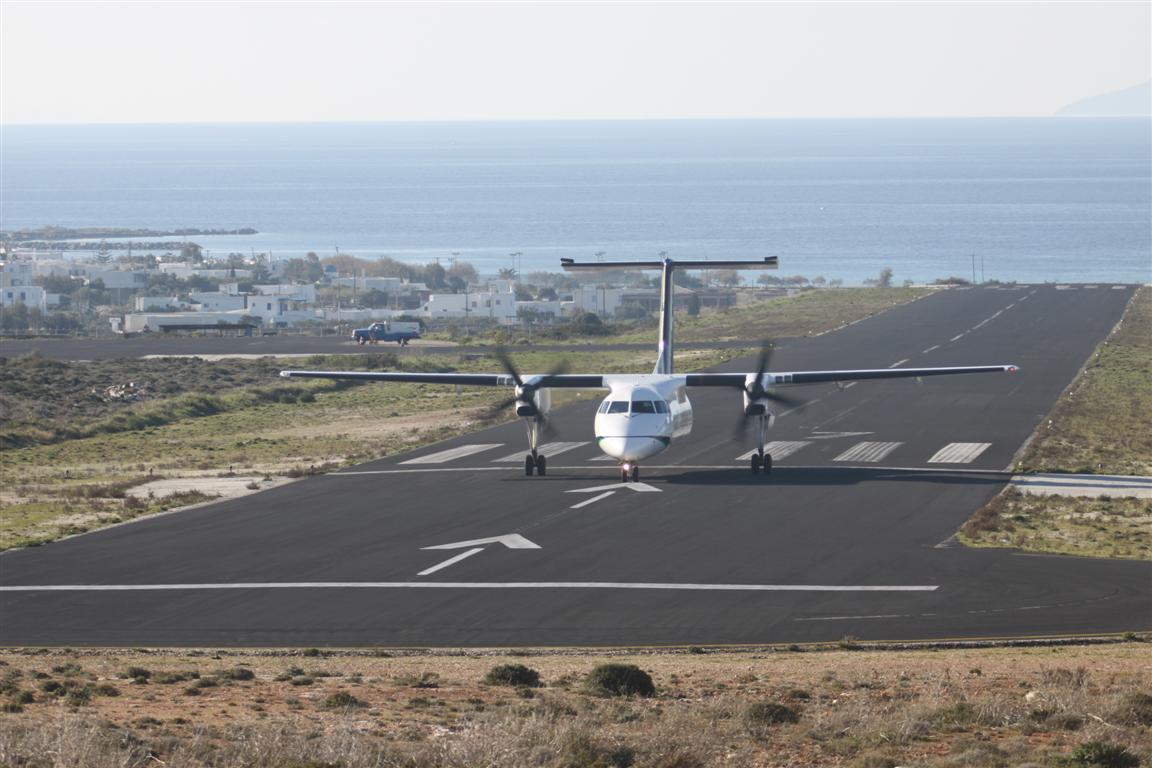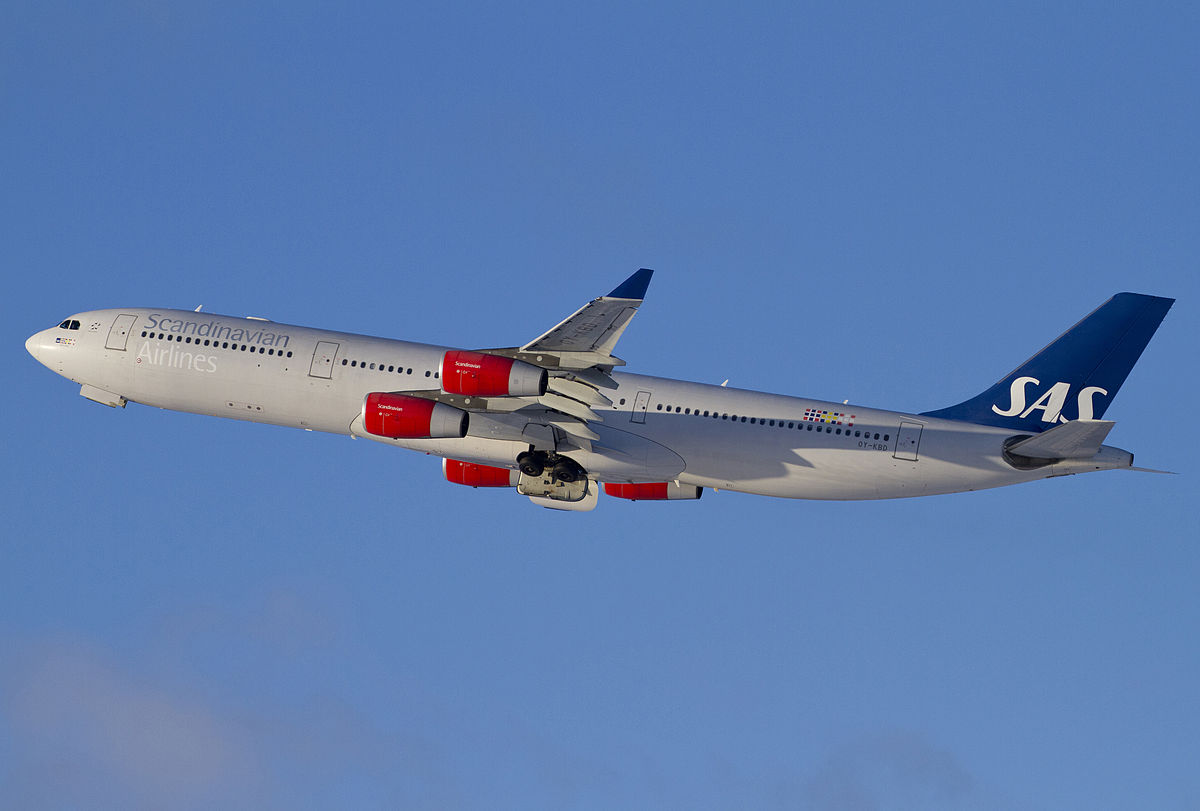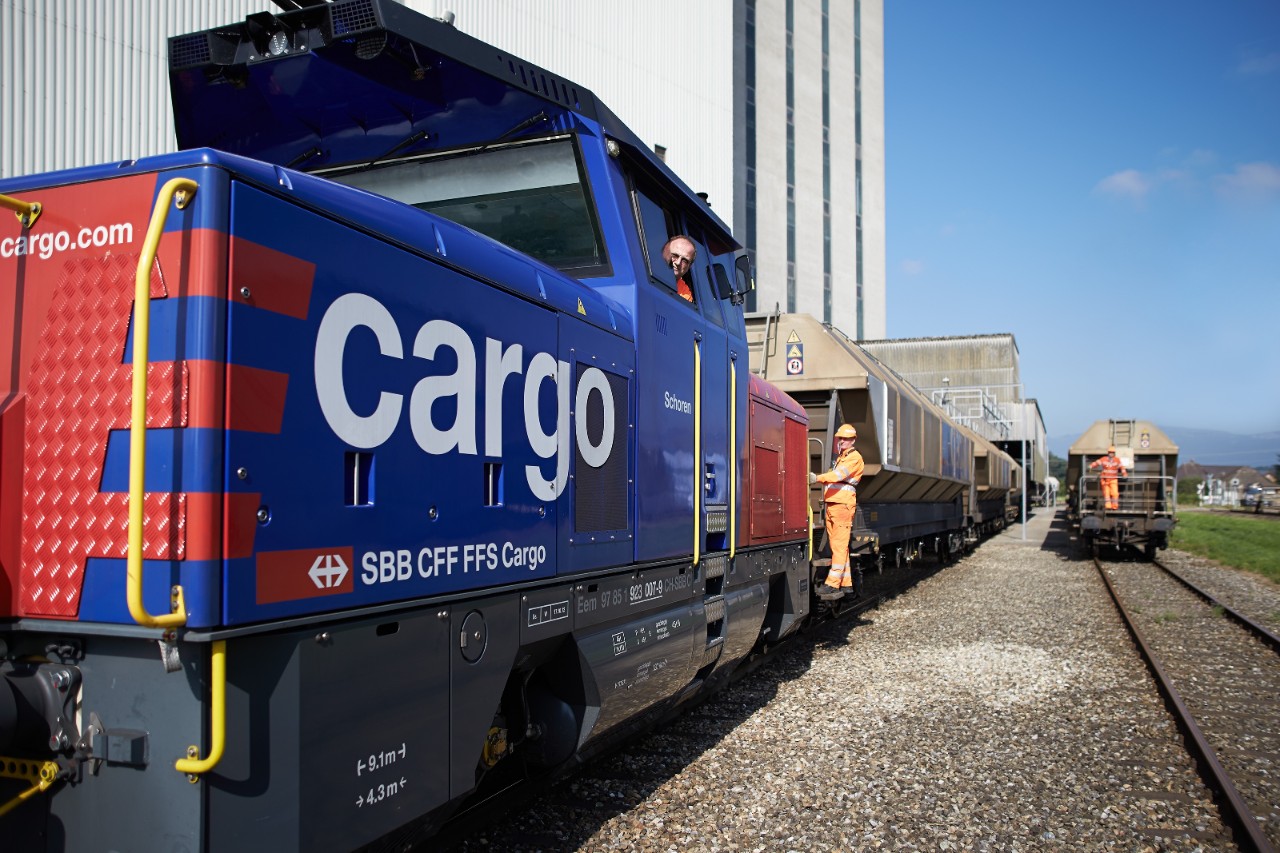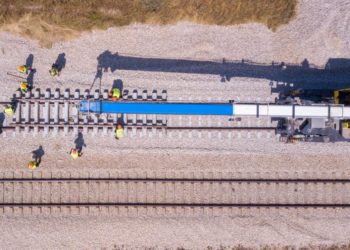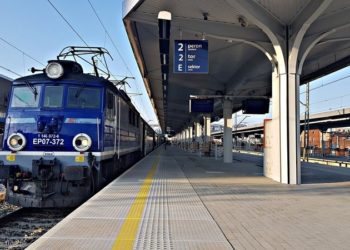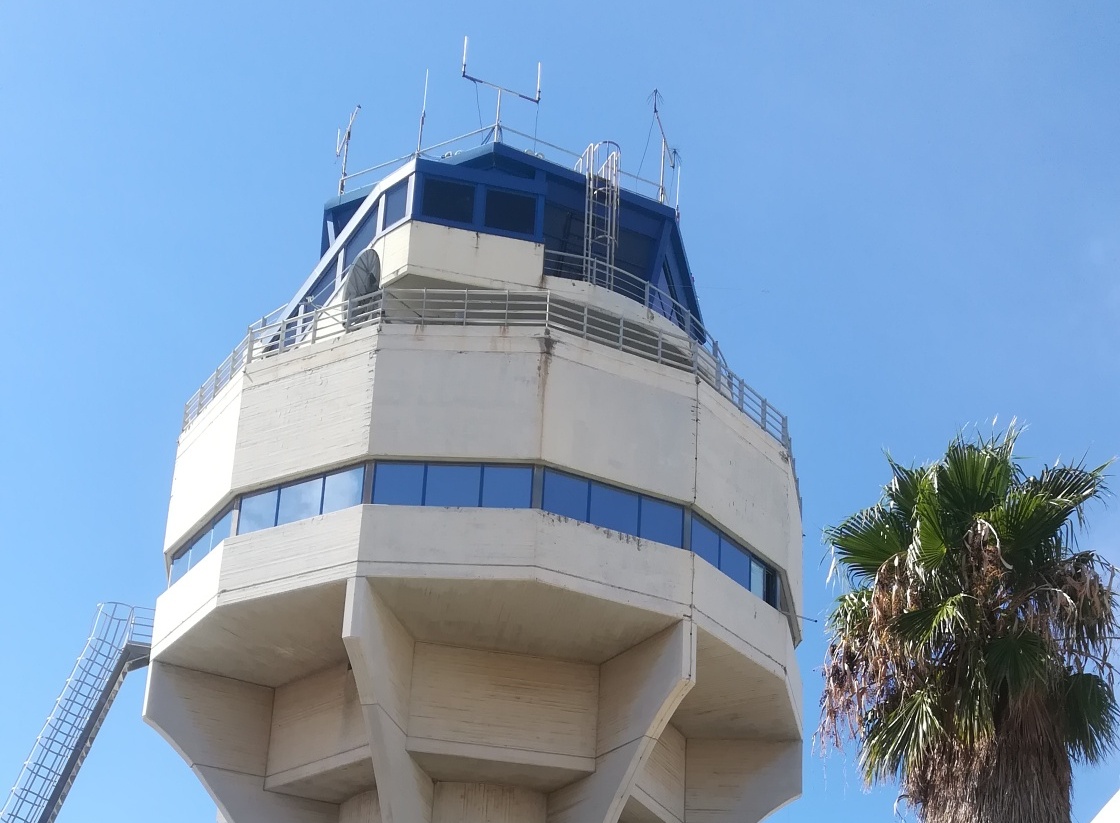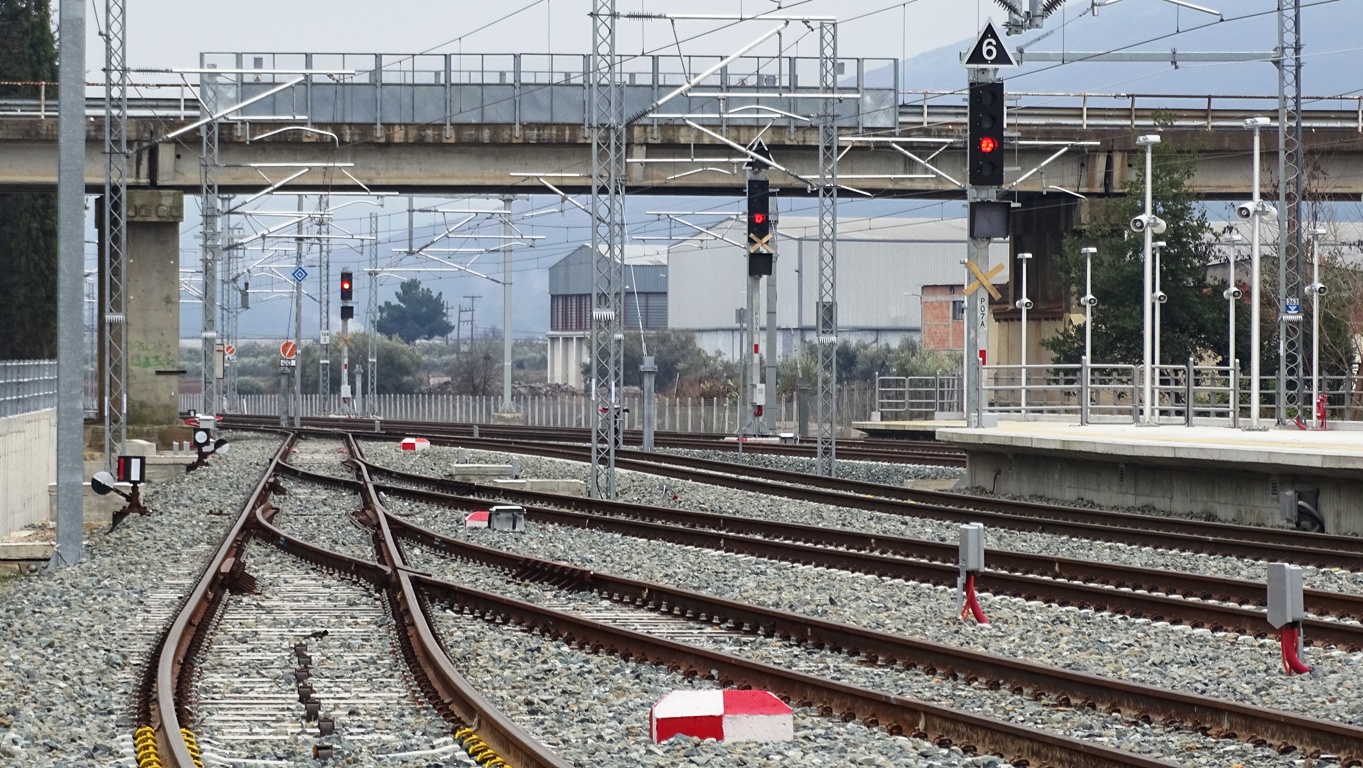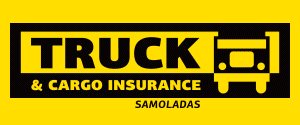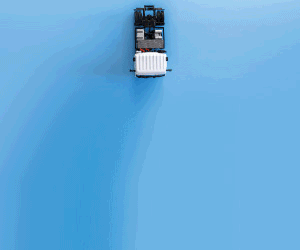In January 2019 SBB Cargo plans to begin a full-scale test of wagons fitted with automatic couplers on intermodal services.
Under a SFr1·5m programme, a fleet of 100 wagons has been equipped with hybrid couplings that feature an autocoupler which folds up to reveal a conventional screw coupler. SBB’s Bellinzona workshop is fitting the same type of coupler to 12 Type Re420 locomotives used by SBB Cargo.
The chosen design from Voith, known as Cargoflex Typ Scharfenberg, was previously tested on wagons as part of the 5L freight train development programme. The 5L wagons with autocouplers are now running in commercial service between Lugano-Vedeggio and Dietikon and between Dietikon and Renens, where they operate in trains otherwise formed of wagons with conventional couplers.
The trials form part of SBB Cargo’s programme to improve the viability of its business which focuses on automation and digitalisation. Part of this is aimed at enabling a single employee to carry out routine shunting tasks. Remote control of locomotives by shunting personnel has existed for some time, and SBB now aims to automate brake tests and coupling of wagons in marshalling yards; it is also testing a collision warning system.
In trials of an automated brake test system each wagon transmits the result of the test to a tablet computer used by the shunting personnel or the locomotive driver. This requires each wagon to have a power source, which so far has taken the form of axle-driven generators. The tests have shown that the 40 min required for a brake test on a 500 m long train can be cut to about 10 min.
The collision warning system on test consists of cameras and sensors fitted to shunting locomotives which transmit images and acoustic warnings to personnel controlling the shunting operation.
SBB Cargo aims to be in the black by 2020 and to become fully competitive and financially independent by 2023. Revenue from wagonload traffic in the first half of 2018 was up by SFr21·7m compared with the same period in 2017, representing growth of 6%.
(Railway Gazette)

